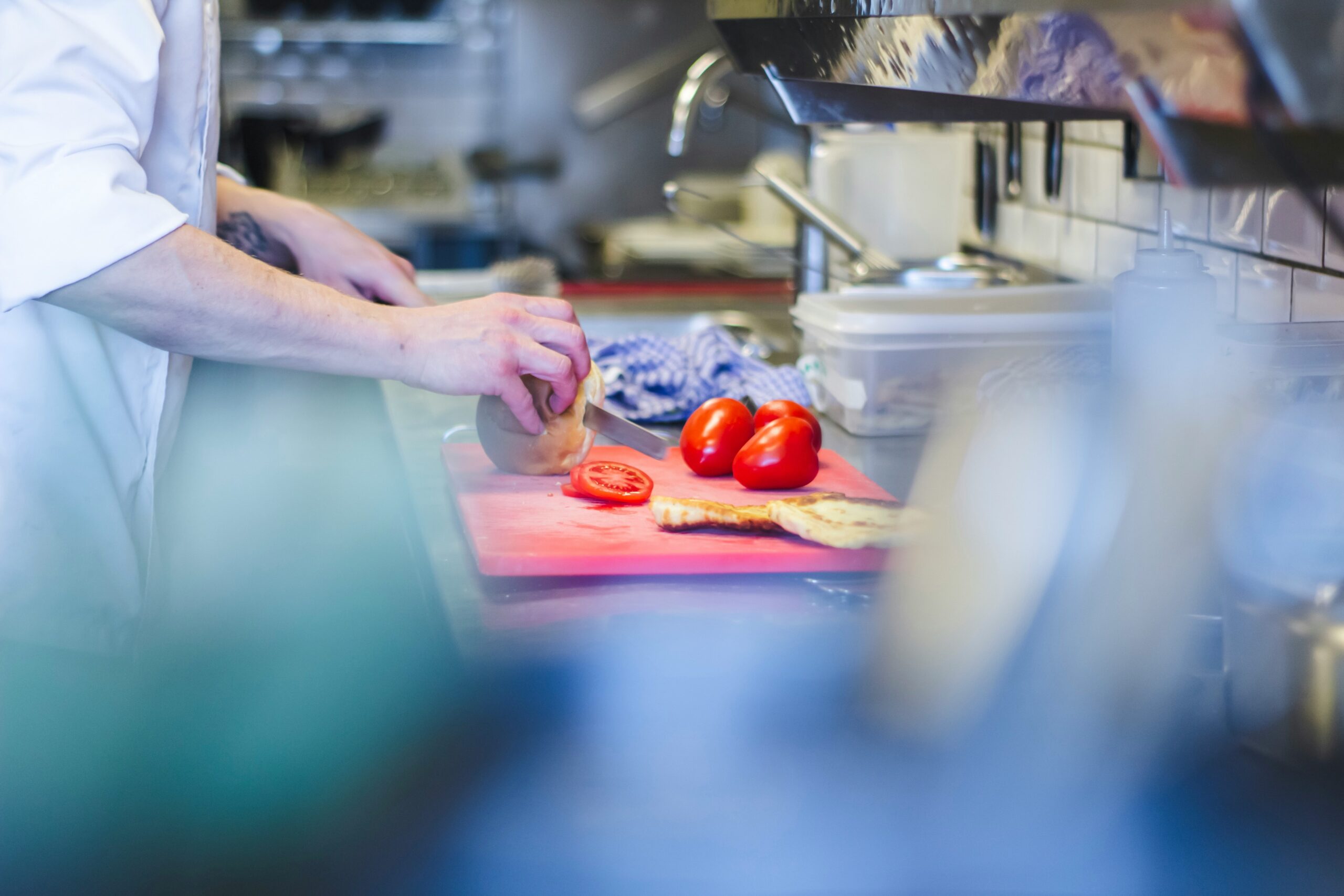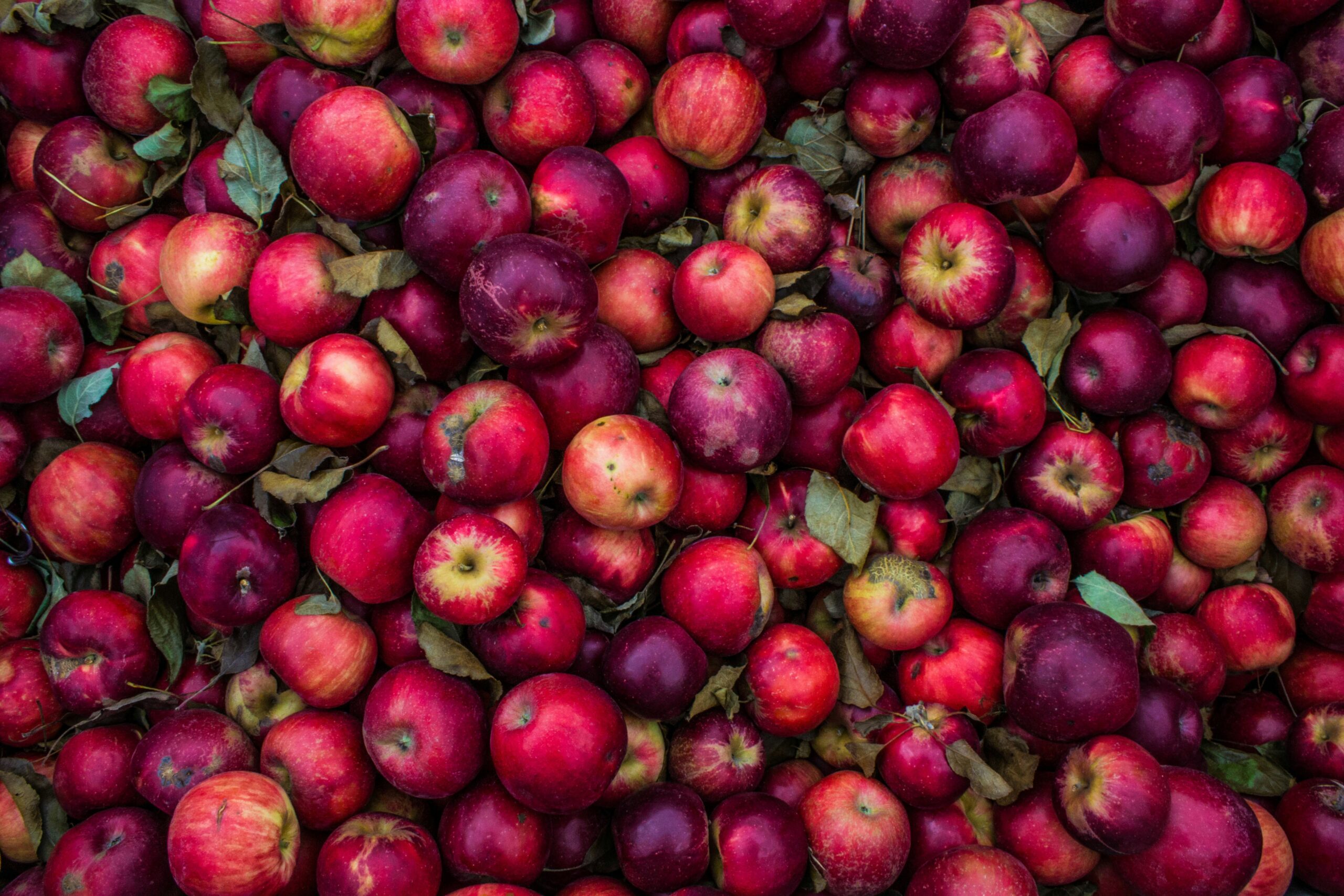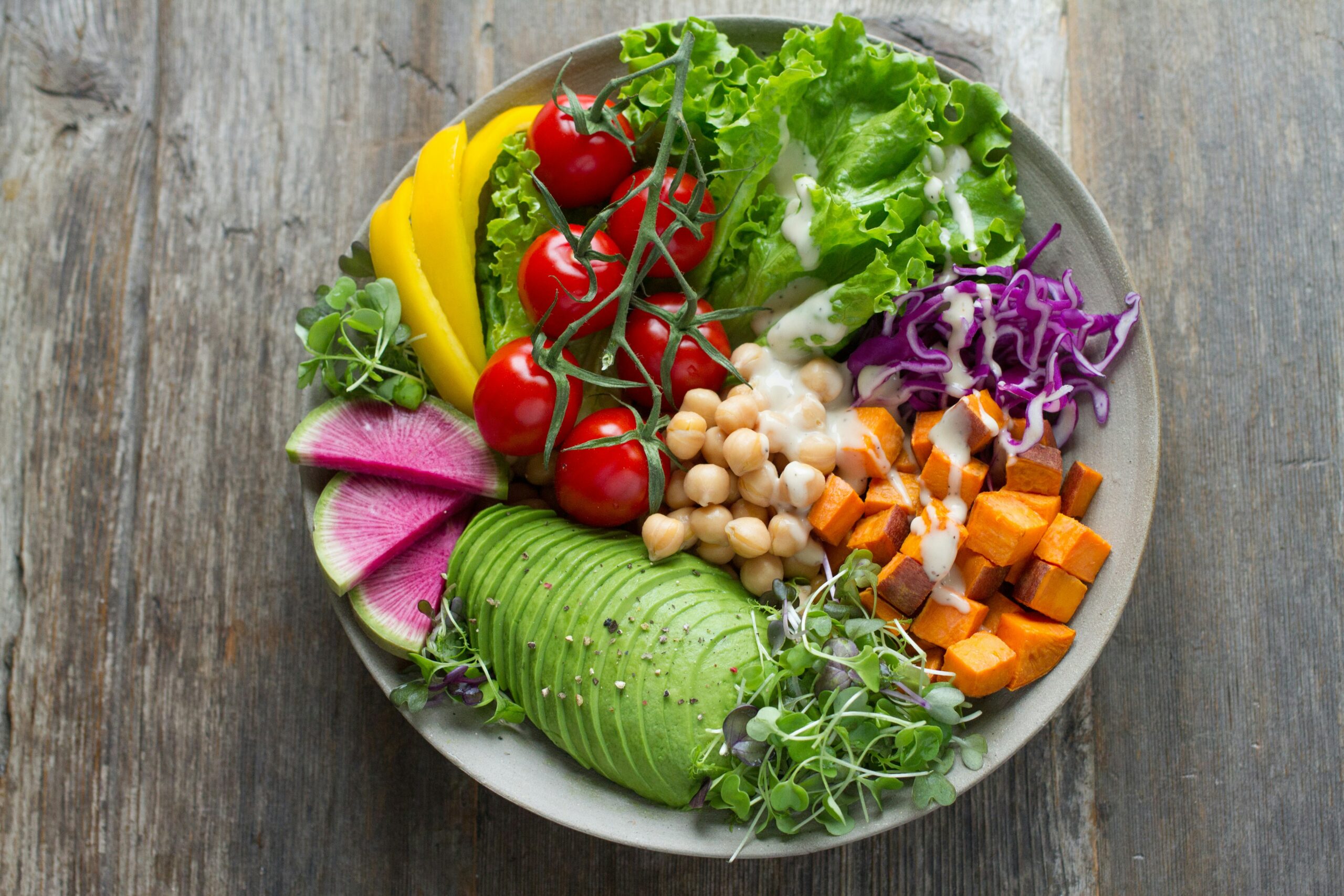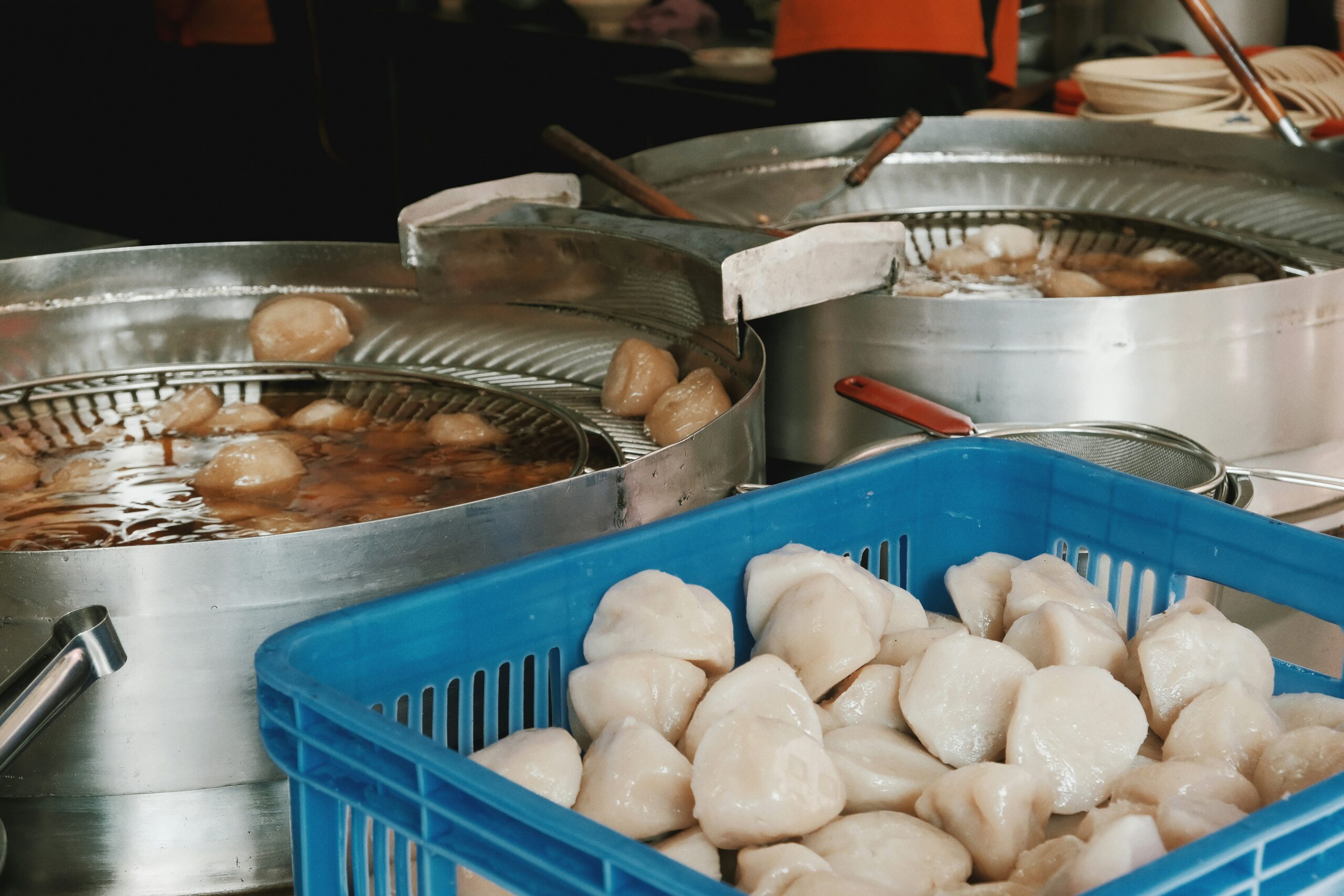Savoring Tradition: Exploring Heirloom Recipes from Around the World
In every corner of the globe, kitchens become the heart of culture, tradition, and family history. As I’ve wandered through bustling markets and cozy homes, one thing has struck me repeatedly: the power of food to connect generations. Heirloom recipes—those cherished culinary treasures passed down through families—often tell stories that no history book can capture. They are more than just a list of ingredients; they are a tapestry of memories, flavors, and emotions.
The Essence of Heirloom Recipes
So, what is it that makes a recipe an heirloom? Often, it’s the story behind it. Perhaps a grandmother spent hours perfecting her signature dish, or a family gathered around the table for years, sharing laughs and love over a steaming pot of stew. These recipes typically come with a hint of nostalgia and a sprinkle of tradition, often accompanied by techniques that may have been forgotten in the fast-paced world we live in today.
A Personal Reflection
I’ll never forget the first time I attempted to replicate my grandmother’s famous apple pie. It wasn’t just about the ingredients—Granny always insisted on using Gravenstein apples—but the way she rolled the dough with such grace, her laughter filling the air as she recounted tales of her youth. That pie was a slice of her life, and I was determined to savor that experience.
Global Gastronomy: Heirloom Recipes Worth Exploring
Traveling through the culinary landscapes of various cultures, we discover a treasure trove of heirloom recipes. Each one offers a glimpse into the lives and histories of the people who created them. Let’s embark on a journey, shall we?
Italian Risotto alla Milanese
What’s more comforting than a creamy bowl of risotto? The origins of Risotto alla Milanese can be traced back to the 16th century. This dish is often associated with the artisans who created stained glass windows in Milan. Legend has it that during the construction of the Duomo, the foreman’s apprentice added saffron to the rice to impress the guests at a wedding. And boy, did he succeed! The golden hue of the saffron is now emblematic of this dish.
To prepare this delicacy, one needs Arborio rice, chicken broth, white wine, and, of course, saffron. The key is patience; stirring slowly allows the rice to release its starch, creating a creamy texture that is simply divine. (Trust me, the wrist workout is worth it.)
Indian Biryani
Ah, biryani—a dish that has sparked heated debates and passionate discussions about authenticity. This aromatic rice dish, layered with marinated meat and spices, is a celebration of flavors and cultures. Originating from the Persian word “birian,” meaning “fried before cooking,” biryani has traveled through the Indian subcontinent, adapting to regional tastes.
Every family has its own version. Some swear by the use of saffron for that luxurious touch, while others might argue for the inclusion of boiled eggs. I remember a friend’s family gathering where the biryani took center stage, and as we dug in, the aroma enveloped us like a warm hug. It’s not just food; it’s an experience.
Mexican Mole Poblano
Now, let’s take a detour to Mexico, where Mole Poblano reigns supreme. This complex sauce is a labor of love, combining chocolate with an array of spices, nuts, and seeds. The preparation can take days, and each family has its own closely guarded recipe, often handed down from mother to daughter.
While some might shy away from the challenge of creating mole due to its intricate nature, others embrace it as a rite of passage. I can still hear the clattering of pots and pans in the kitchen as my friend’s abuela whipped up her famous mole. It was a family affair, with everyone lending a hand, and the end result was nothing short of magical—a dish that brought tears of joy.
Heirloom Recipes and Cultural Identity
As we explore these recipes, it becomes evident that they are more than mere sustenance. They embody the cultural identity of their origin. When I spoke with culinary historian Dr. Maria Torres, she mentioned that “food connects people in ways that language often cannot.” This sentiment resonates deeply, especially when observing how meals create bonds during family gatherings, celebrations, and even rituals.
Japanese Tsukemono
In Japan, Tsukemono, or pickled vegetables, hold a revered place in the culinary tradition. These colorful accompaniments not only enhance the flavor of meals but also symbolize the changing seasons. When I visited a local market in Kyoto, I was struck by the vibrant hues of pickled radishes, cucumbers, and eggplants. Each jar seemed to tell a story, preserving not only the vegetables but the essence of the seasons.
The beauty of Tsukemono lies in its simplicity and the skill involved in the pickling process. Fermentation—an ancient technique—is both an art and a science, and families often have their own secret blends of spices and techniques. It’s a fascinating glimpse into a culture that values both flavor and tradition.
Middle Eastern Couscous
Moving to the Middle East, couscous is a staple that has transcended borders. This tiny pasta, made from semolina, is often steamed and served with stews or grilled meats. While it may seem simple, the preparation of couscous can be quite the event. Families often gather to make it from scratch, working together to create the perfect texture.
I recall an evening spent in a Moroccan home, where the host took great pride in his couscous-making skills. As he poured the grains from hand to hand, I realized that each step was filled with intention. The result was a light, fluffy dish that paired beautifully with the tagine we enjoyed. It was a moment of culinary harmony.
The Role of Heirloom Recipes in Modern Culinary Trends
Interestingly, as we dive deeper into the modern culinary scene, heirloom recipes are experiencing a renaissance. Chefs and home cooks alike are reviving these age-old techniques and flavors, placing them at the forefront of contemporary cuisine. There’s a growing appreciation for authenticity, sustainability, and the stories behind the food we eat.
Farm-to-Table Movements
The farm-to-table movement has played a significant role in this resurgence. With a focus on local, seasonal ingredients, chefs are looking back to their roots, often rediscovering heirloom recipes that celebrate their heritage. This not only enhances the dining experience but also fosters a connection to the land and the people who cultivate it.
In conversations with chefs like Lydia Martinez, who runs a farm-to-table restaurant in California, she shared, “Reviving my grandmother’s recipes has allowed me to reconnect with my culture and provide an authentic experience for my diners.” It’s a sentiment shared by many who recognize the importance of culinary traditions in shaping modern gastronomy.
Social Media and the Sharing of Heritage
Social media platforms have also become a powerful tool for sharing heirloom recipes. Home cooks and food enthusiasts are posting videos and photos, sparking interest in traditional cooking methods. I’ve stumbled upon countless TikTok accounts dedicated to showcasing family recipes, complete with heartwarming stories of how they came to be. It’s heartening to see younger generations taking an interest in preserving their culinary heritage.
The Future of Heirloom Recipes
So, what does the future hold for heirloom recipes? As society continues to evolve, the challenge will be to maintain these traditions while adapting to new lifestyles. It’s a balancing act, and one that requires creativity and respect for the past.
Encouraging Cultural Exchange
One promising development is the rise of cultural exchange programs that focus on culinary traditions. These initiatives not only promote understanding and appreciation of diverse cuisines but also provide platforms for sharing heirloom recipes. Imagine a culinary festival that invites chefs from around the world to showcase their family recipes—now that’s a celebration worth attending!
Preservation and Innovation
While preserving heirloom recipes is crucial, innovation should not be overlooked. Today’s chefs are experimenting with flavors and techniques, merging traditional recipes with modern twists. For instance, I’ve seen chefs infusing local ingredients into classic dishes, creating something entirely new while honoring the past.
As we look ahead, it’s essential to recognize that these recipes are living entities; they evolve just as cultures do. The key is to keep the essence intact while allowing room for creativity.
Conclusion: A Taste of Tradition
In a world that often feels fast-paced and disconnected, heirloom recipes remind us of the importance of tradition, family, and storytelling. They serve as a bridge between generations, preserving not only flavors but also the rich tapestry of human experience. As we savor these culinary delights—from the creamy risottos of Italy to the aromatic biryanis of India—we’re not just tasting food; we’re tasting history.
As I sit down to enjoy a meal, I find myself reflecting on the hands that prepared it, the stories behind each ingredient, and the laughter shared around the table. In essence, heirloom recipes are a celebration of life itself, one delicious bite at a time. So, next time you find yourself in the kitchen, consider reaching for that family recipe tucked away in your cookbook—who knows what memories and flavors await?




